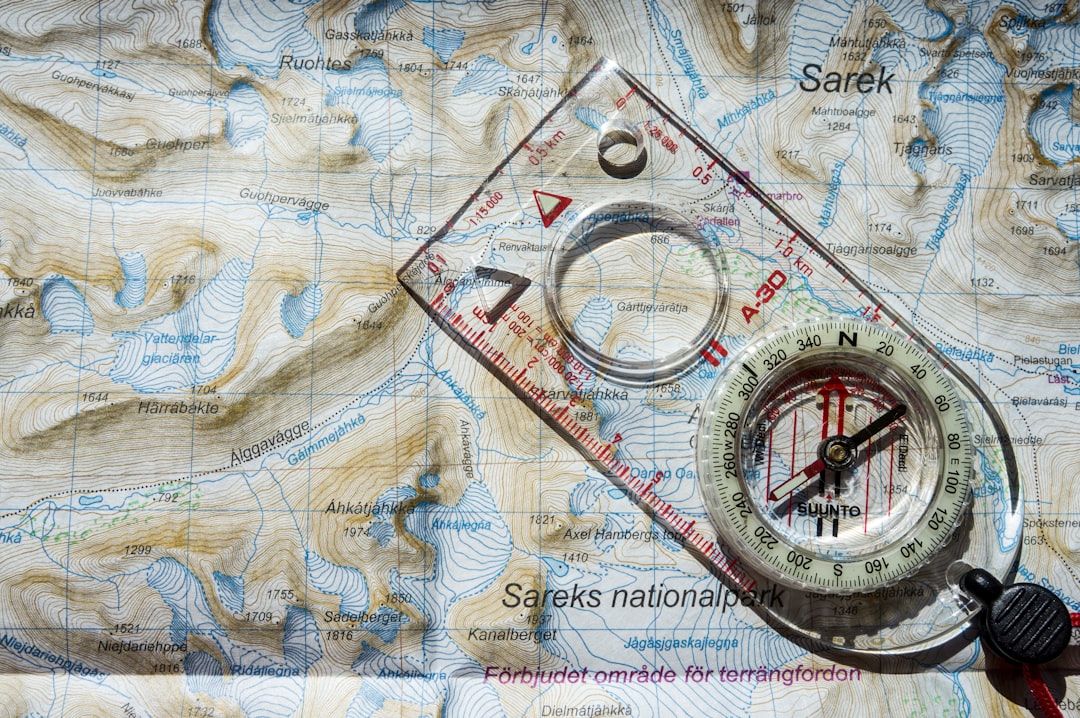Why Don’t More Writers Know How to Navigate?
The absolutely fabulous Word tool that lets you structure and restructure as you write
Hi everyone,
I do a lot of ghostwriting, often working with teams of people who are experienced writers, editors, and executives, as well as their minions — people, in other words, who use Microsoft Word every day. I have yet to meet one who knows what I’m talking about when I describe Word’s most valuable (IMHO) feature: the Navigation Pane.
If you do us…
Keep reading with a 7-day free trial
Subscribe to Aimee Liu's MFA Lore to keep reading this post and get 7 days of free access to the full post archives.




